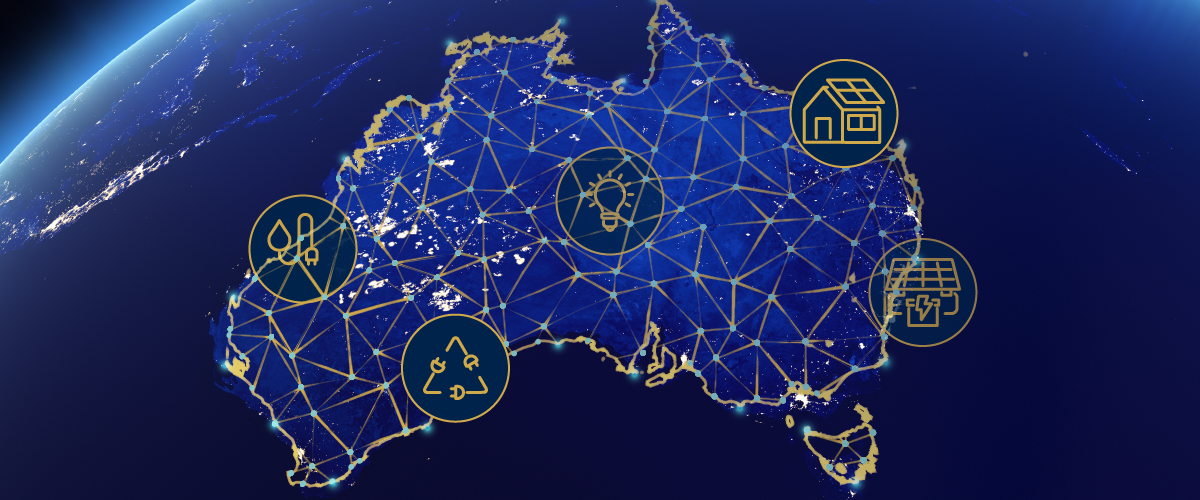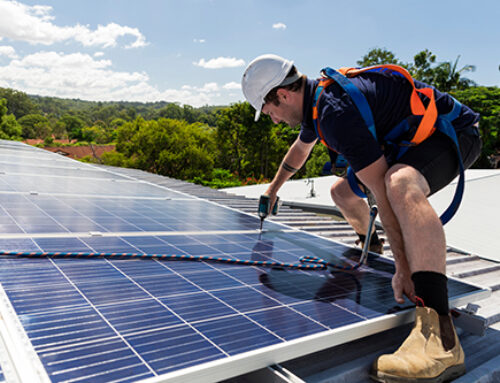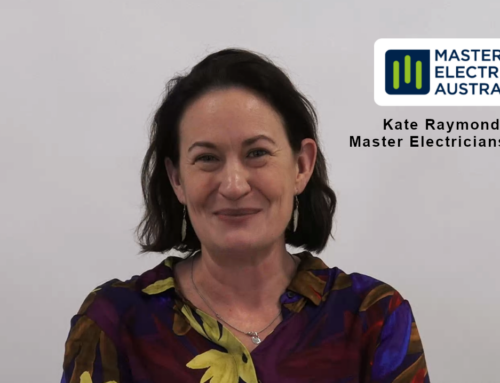
Australia’s electrical industry is undergoing a significant transformation, fuelled by technological advancements, regulatory updates and a steadfast commitment to sustainability. This evolving landscape presents opportunities and challenges for professionals in the field, impacting everything from daily operations to broader energy strategies.
The opportunities
Renewable energy in Australia is seeing rapid growth, contributing to a substantial shift in the nation’s energy mix. In the first quarter of 2024, renewables generated over a third of Australia’s electricity, setting a record during peak summer demand. This shift has been driven by large-scale investments in solar and wind projects, alongside a notable increase in rooftop solar installations.
The Australian Renewable Energy Hub in Western Australia’s Pilbara region exemplifies this development, positioning itself as a key contributor to the country’s renewable energy capacity. These expansions help reduce greenhouse gas emissions and play a crucial role in meeting Australia’s long-term net-zero targets.
However, managing the intermittent nature of renewable energy requires advanced battery storage solutions. Battery technology innovations are crucial for stabilising energy supply and improving grid reliability. Brisbane-based Graphene Manufacturing Group has pioneered the production of graphene aluminium-ion batteries, which promise faster charging times and longer lifespans compared to traditional lithium-ion batteries. These developments represent significant progress in energy storage solutions, which are pivotal in supporting the shift towards renewable energy sources. Improved energy storage will ensure greater stability and reliability, allowing for wider adoption of solar and wind power across the country.
Home energy management systems enable smarter usage of solar energy and reduced energy usage. Established firms like Clipsal by Schneider Electric are also advancing products that integrate with these energy management systems. Clipsal’s new Solis range
At the same time, innovation in home energy management continues to advance. Long-standing Australian companies, like Clipsal by Schneider Electric, are leading this charge. Clipsal’s new Solis range, for example, aims to revolutionise electrical components in Australian homes, integrating with the Wiser system. This product line incorporates industrial ceramics to enhance durability and resistance to dirt, fingerprints, and scratches.
By continually evolving their product offerings, companies like Clipsal are helping ensure that Australian homes are equipped with safe, efficient, and sustainable electrical solutions. This commitment to innovation is not just about keeping up with trends—it’s about setting a new standard in quality and safety across the sector.
The challenges
Keeping up with regulatory changes is another challenge for electricians as the landscape evolves. Regulatory bodies across Australia are implementing new measures to enhance safety standards and align with modern practices.
For instance, the Electrical Safety and Other Legislation Amendment Act 2024 in Queensland introduces safety updates designed to improve compliance and mitigate risks in high-demand sectors like renewable energy installation. Similarly, the Northern Territory rolled out new electrical safety regulations in July 2024, affecting all electrical work within the region. Electricians must be aware of these updates to ensure that their work meets the latest safety and operational requirements. Master Electricians Australia has played an integral advocacy role in these new regulations.
The evolving energy sector highlights the need for a highly skilled workforce. To meet this demand, the Australian Government has expanded the New Energy Apprenticeships Program to address skills shortages and support the transition to a low-carbon economy. The program offers apprentices up to $10,000 in financial support throughout their training. It aims to attract new entrants to the industry, equipping them with the skills needed for roles in clean energy, such as solar panel installation, battery storage systems, and energy-efficient systems design.
These initiatives are critical for building a workforce capable of handling emerging technologies and ensuring Australia maintains a competitive edge in global energy markets.
How Master Electricians Australia (MEA) can help
Industry bodies play an important role in guiding electrical professionals through these shifts. Master Electricians Australia (MEA), for example, supports contractors by providing training and safety resources to help them adapt to changing safety standards and technologies.
With an emphasis on continual upskilling, MEA aims to keep members compliant with regulations while enabling them to work with emerging technologies, such as renewable energy and battery storage.
Robert Pearson, General Manager of Operations at Master Electricians Australia, notes, “As the industry moves towards a more sustainable energy future, it’s critical that professionals stay up to date with evolving safety standards and technologies to ensure safe and efficient practices.”
Staying informed about these trends and adapting to changes in regulations and technologies is critical for electrical professionals. Electricians actively engaging with industry developments, such as new energy technologies and safety practices, will be better positioned to thrive in this rapidly changing sector.
Leveraging industry support and training opportunities is essential not only for compliance but also for capitalising on new business opportunities in renewable energy, battery storage and energy efficiency.
Master Electricians Australia has also been instrumental in advocating for electrical contractors with governments around Australia, and played an integral role in the new NT and Qld electrical safety regulations.
As Australia moves toward a more sustainable and technologically advanced energy landscape, the role of skilled electrical professionals becomes increasingly vital, ensuring a reliable, safe, and efficient energy future for the nation.




